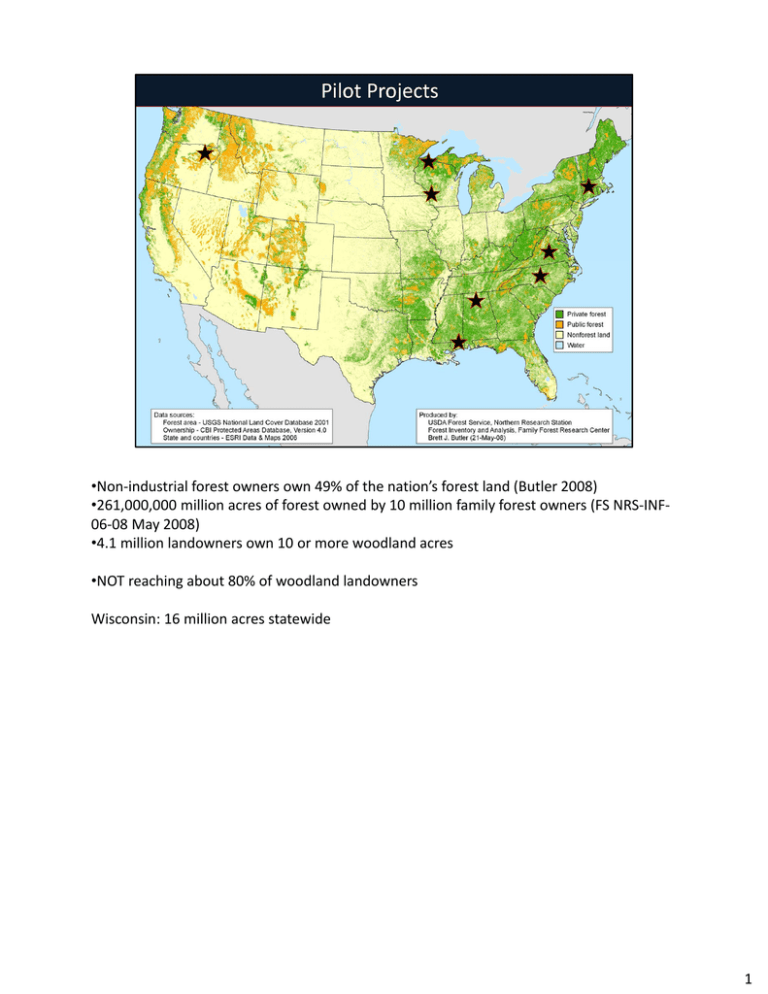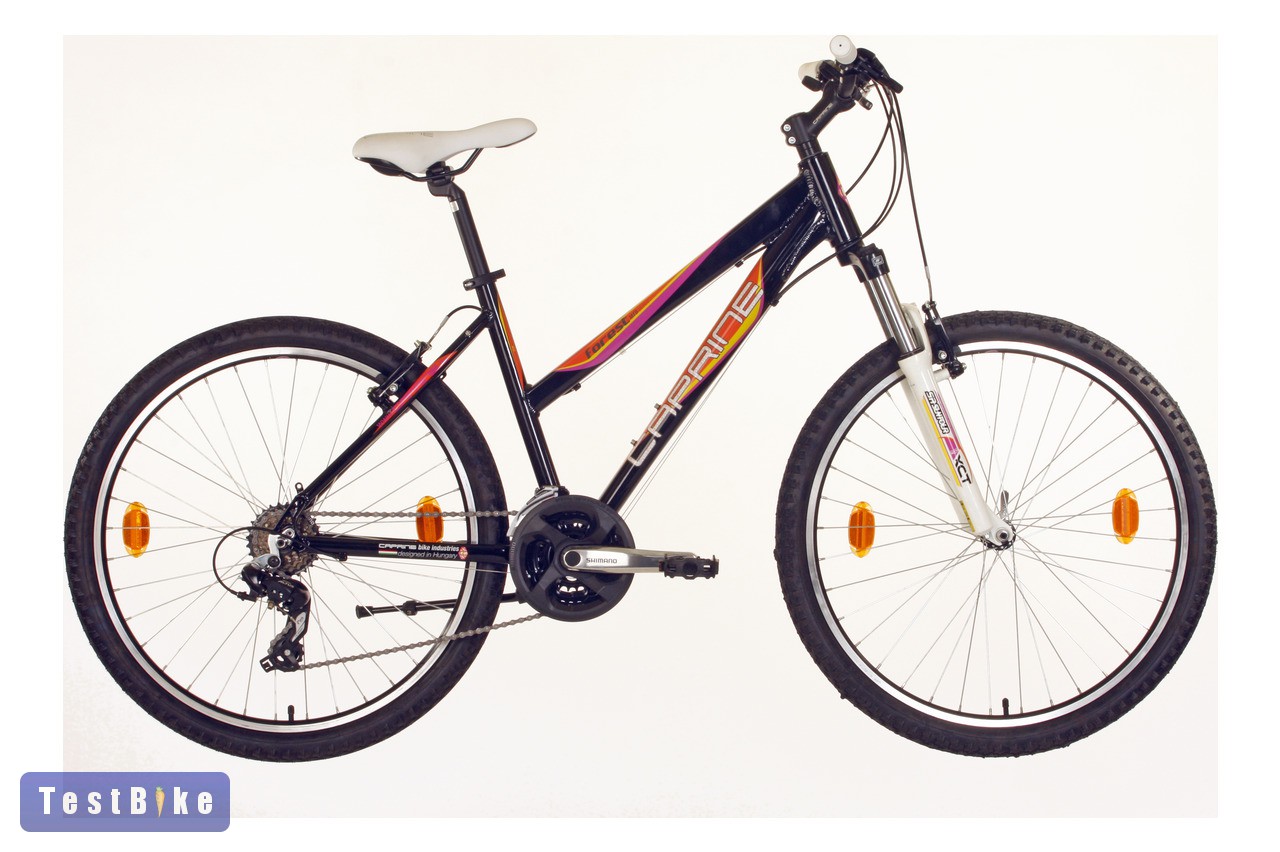

For this reason, it is mandatory to give more importance to this species. Conclusion Finally, the Algerian goat seems to be largely neglected and considered as a secondary species associated with sheep. Most breeders (92.20%) largely neglect the health of their goats compared to sheep. Most of the farms (78.01%) do not contain goats of the same breed, and crossbreeding is generally not controlled (78.72%) and is very rarely done with bucks of the same breed (14.89%). Caprine Forest Kerékpár vásárlás, bicikliboltok és árak összehasonlítása.

Hygiene is in the majority of cases poor (57.45%). The farm that generally constitutes the shelter is reduced in most cases to a simple pen, without a roof, inside which the animals are enclosed and whose space is delimited by a metal or wooden fence. However, it is worth noting that females (85.82%) are often more numerous than males (14.18%) in the herd. Of the 141 farms visited, 50.35% use a sedentary farming system, 17.71% practice seasonal transhumance during the dry season (May to October), and 31.91% are semi-sedentary. They are generally found in small numbers often associated with a large sheep herd (78.72%). 2008: Lets Eliminate Goats The Ministry of Forest and. Goat farming represents a main activity for only 18.44% of the farmers surveyed. Ovicaprids, goats and sheep taken together in archaeology and paleontology. the use of land between villagers breeding goats and the forest administration and this problem. Results The results showed that 99.29% of the goats producers were male, most of which (74.47%) were not the owners of the animals. In order to study the goat farming system in Algeria, this study, which started between September 2012 and June 2015, involved 141 farms in 104 villages and 21 wilayas in Algeria.


The buildings can hold up to 400 bucks.Abstract : Background Goats, often associated with sheep, are a vital part of the national economy in many countries around the world, and goat farming contributes significantly to the family economy, sustainable livelihoods and poverty reduction. The infrastructures include a laboratory for cryopreservation and three buildings for quarantine and photoperiodic treatment of AI bucks. CAPGENES is responsible for the national breeding scheme of the Alpine and Saanen dairy breeds and supervises other French breeds (12) under the control of the Ministry of Agriculture, Food and Forest.ĬAPGENES therefore defines the breeding objectives with stakeholders, develops the breeding schemes and is the national support for genetic improvement of caprine breeds.ĬAPGENES is involved in the national research and development programs such as ‘RUSTIC’ dedicated to genomics longevity and dairy persistenceĬAPGENES has services permitting to identify a network of farmers (n = 700), an equipment, enabling to produce and preserve 250,000 doses of frozen semen per year, and a technical team to provide guidance and technical actions necessary to conduct a scheme of selection. CAPGENES is the French center for semen production in goat. It gathers all goat stakeholders involved in the promotion and breeding of French caprine breeds. Founded in 2008, CAPGENES ( is the National association of goat breeders.


 0 kommentar(er)
0 kommentar(er)
